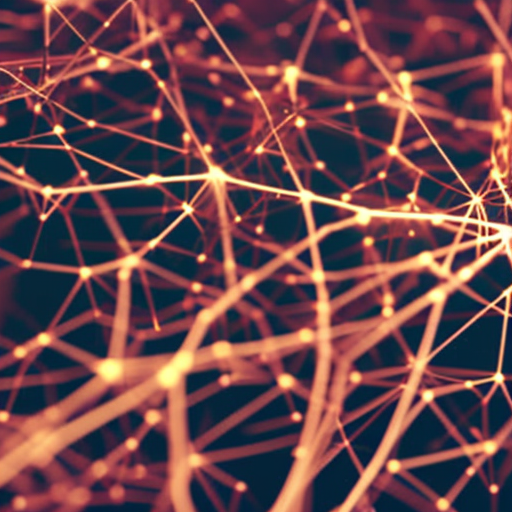Neural engineering is the interdisciplinary field that combines neuroscience, engineering, and computer science to understand and manipulate the brain and nervous system.
Neurobiology Explained
Neurobiology is the study of the nervous system, including its structure, function, and how it relates to behavior and cognition.
Artificial Intelligence Explained
Artificial intelligence is the development of computer systems that can perform tasks that would typically require human intelligence.
Machine Learning Explained
Machine learning is a field of study that focuses on developing algorithms and models that enable computers to learn and make predictions or decisions without being explicitly programmed.
Deep Learning Explained
Deep learning is a subset of artificial intelligence that uses neural networks to mimic the human brain and make complex decisions.
Neural Networks Explained
Neural networks are computational models inspired by the human brain that can learn and make predictions based on complex patterns and data.
Neuromorphic Engineering Explained
Neuromorphic engineering is a field that aims to develop computer systems inspired by the structure and function of the human brain.
Neural Coding Explained
Neural coding is the process by which the brain encodes and decodes information through patterns of electrical activity in neurons.
Cognitive Neuroscience Explained
Cognitive neuroscience is the study of how the brain processes and controls cognitive functions such as perception, attention, memory, and decision-making.
Neuropsychology Explained
Neuropsychology is the study of how brain function and behavior are interconnected.
Reinforcement Learning Explained
Reinforcement learning is a branch of machine learning that focuses on training agents to make decisions based on trial and error in order to maximize rewards.
Transfer Learning Explained
Transfer learning is a technique in machine learning where knowledge gained from one task is applied to a different but related task.




















